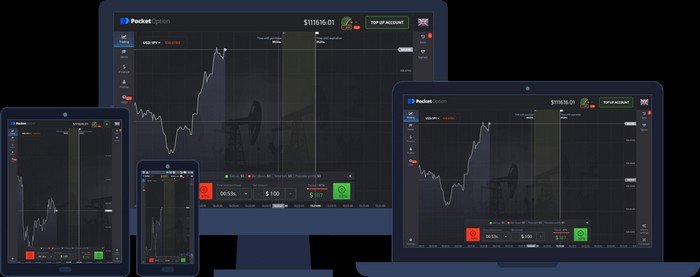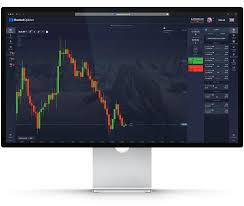
Trading Strategy with Envelope
This article will guide you through the intricacies of the Trading Strategy with Envelope торговая стратегия с Envelope indicator and how to effectively integrate it into your trading routine. The Envelope trading strategy is not just about the technicalities; it’s about understanding market movements and enhancing your decision-making process. Let’s dive in!
What is the Envelope Indicator?
The Envelope indicator is a popular tool used in trading to define upper and lower bands based on a moving average. These bands provide valuable insight into the price action of a financial instrument, indicating potential buy or sell signals. Essentially, the envelope consists of two lines, which are a certain percentage above and below a moving average, creating a channel within which the price moves.
How Does the Envelope Indicator Work?
The Envelope indicator utilizes a moving average as its central line. The upper and lower bands are calculated by adding or subtracting a fixed percentage of the moving average. The percentage can be adjusted based on the trader’s preference or the volatility of the asset being traded. The idea is that when the price touches the upper band, it could be considered overbought, while touching the lower band suggests it could be oversold.
Setting Up the Envelope Indicator

To implement the Envelope trading strategy, you will need to set up your chart with the envelope indicator. Here’s a simplified step by step:
- Open your trading platform.
- Select the financial instrument you want to trade.
- Add a moving average to your chart and select the period you wish to use (common periods are 20, 50, or 100).
- Add the Envelope indicator, and set the percentage for the upper and lower bands (commonly between 1% to 5%).

Interpreting the Signals
Once you have set up the envelope indicator, interpreting the signals becomes crucial. Here are some key points to consider:
- Upper Band Signal: When the price touches or crosses the upper band, it may indicate that the asset is overbought. This could be a signal to sell or take profits.
- Lower Band Signal: Conversely, when the price touches or crosses the lower band, it may indicate that the asset is oversold. This could signify a potential buying opportunity.
- Midline Consideration: The moving average line in the center serves as a dynamic support or resistance level. Prices moving above this line indicate bullish sentiment, while prices below it indicate bearish sentiment.
Combining Envelope with Other Indicators
While the Envelope can provide valuable insights, it is often effective to combine it with other technical indicators to confirm trading signals. Here are some suggestions:
- Relative Strength Index (RSI): Use RSI to confirm overbought or oversold conditions when prices hit the envelope bands.
- Moving Average Convergence Divergence (MACD): Combining MACD can help in identifying potential reversals and confirming trade direction.
Example Trade Setup
Here’s a practical example of how to implement the Envelope trading strategy:
- Let’s say you are trading AUD/USD with a 50-period Moving Average.
- You set your Envelope indicator with a 3% deviation.
- While analyzing, you observe the price touches the upper band at 0.7800—indicating an overbought condition.
- As an additional confirmation, you look at the RSI, which reads 75 (overbought). This is a strong signal to sell.
- You could set your stop-loss just above the upper band to manage risk.
Risk Management
Effective risk management is foundational in trading, especially when employing any strategy, including the Envelope strategy. Always determine a risk-to-reward ratio for your trades, and consider placing stop-loss orders based on your trading plan. Never risk more than you’re willing to lose on a single trade.
Conclusion
The Envelope indicator serves as a versatile tool for traders looking to capitalize on market movements. By integrating it into your trading strategy, you can enhance your analytical capabilities and make more informed trading decisions. Remember to combine it with other indicators, maintain strict risk management practices, and continuously educate yourself on market dynamics. Happy trading!